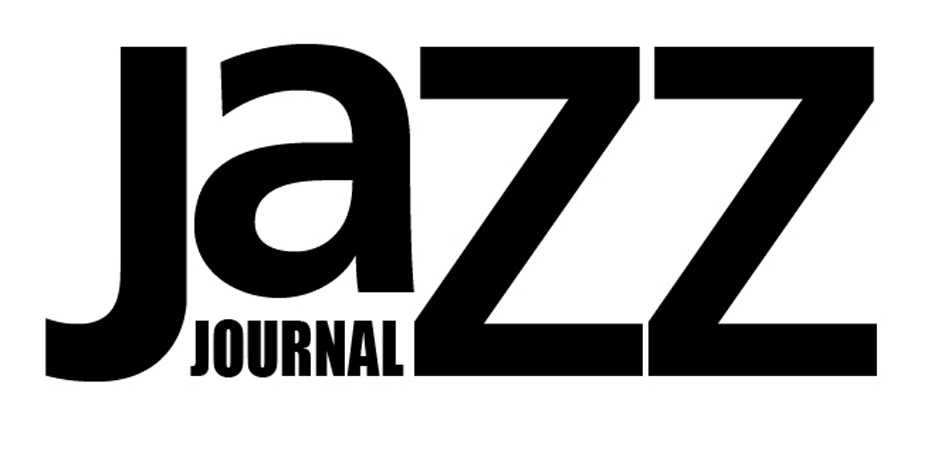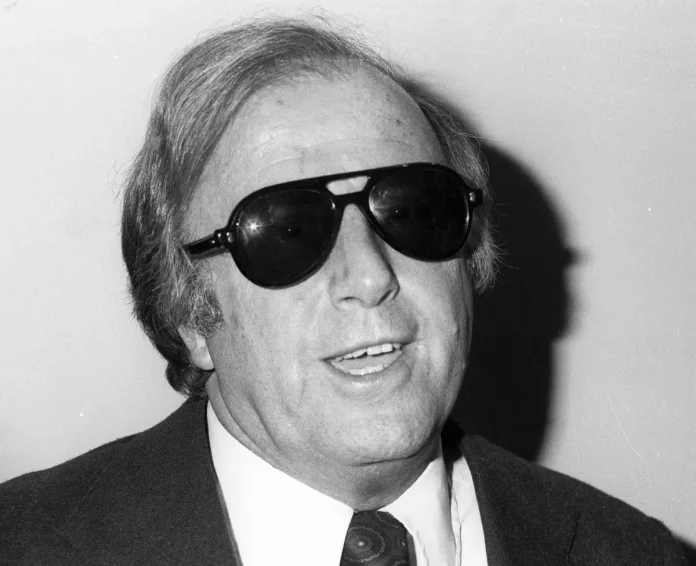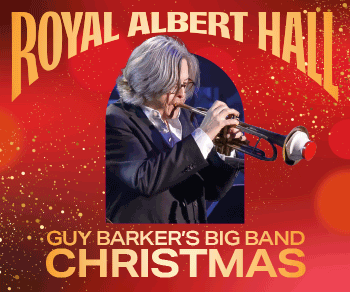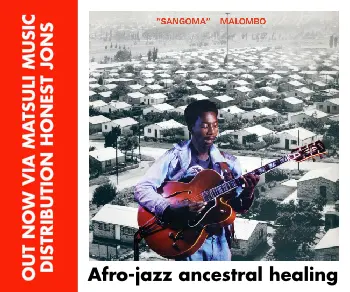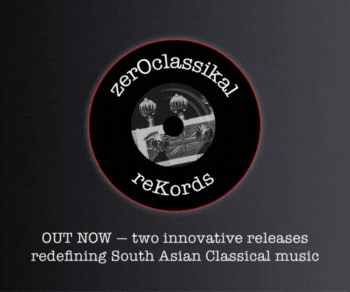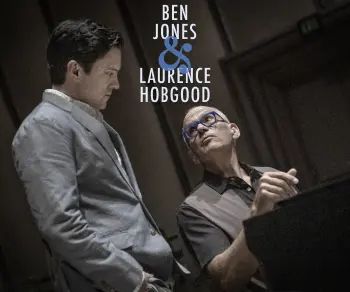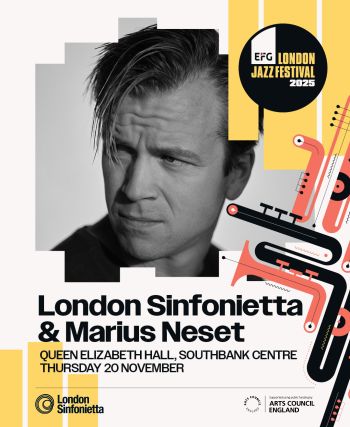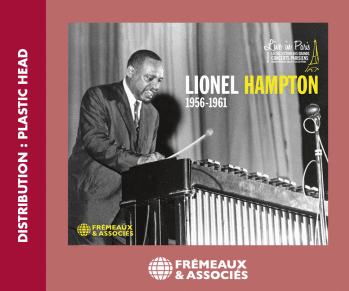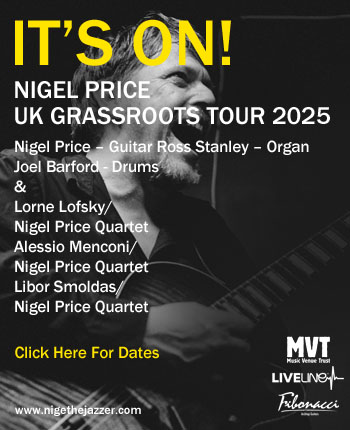The late Paul Acket, founding father of the NSJF, applied a simple formula: provide a broad range of styles and give the audience plenty of choice. This year the festival celebrated its 20th birthday and, despite the styles becoming even broader over the past two decades, it still ranks as the music’s premier event in terms of conventional jazz content, featuring over 160 groups comprising 1200 performers on 15 stages.
As always, the NSJF is full of surprises. This year’s was that everything – well, almost everything – ran to time. Gone were the late starts and encores; this was timing to a second. It was enough to make British Rail green with envy. Unfortunately, I assumed the festival would unfold with the tardiness of the previous 19 and as a result missed hearing any of Bud Shank’s opening day concert.
I didn’t make the same mistake again and caught the Oscar Peterson Quartet in good time. Peterson, who walked rather stiffly on stage, played a dazzling set and proved he is still the master at making a piano swing. If there are still medical problems, they don’t seem to have slowed him up one iota. Lorne Lofsky’s guitar also contributed to the excellence of this performance.
The Dutch Jazz Orchestra also impressed in its concert of Billy Strayhorn compositions. Ack van Rooyen’s flugel work was immaculate, as was the four-man saxophone section both in a collective and solo capacity. Note to Mrs Virginia Bottomley: can National Lottery money be made available to establish a British Jazz Orchestra?
Tenorist Johnny Griffin, well supported by a local rhythm section, pulled a big crowd with his light-toned but fast, articulate improvisations on the blues. In another place, and with guitarist Louis Stewart in the line-up, the George Shearing Quintet relived past glories, as did the Count Basie Orchestra a little later in the same hall. New ground, however, was being broken by the Ray Brown Trio with that rising star of the piano – or has he now already risen – Benny Green.
Joe Henderson’s tenor was the focal point of the Double Rainbow Quintet, a group with a repertoire that included mainstream jazz and bossa nova stylings. Henderson later stole the show with his unaccompanied performance of Lush Life but on other occasions pianist Helios Alves ran him close.
Johnny Frigo, looking like a diminutive Spike Milligan, delighted the capacity audience with some of the most sensitive jazz violin playing I have ever heard. He turned up later, quite unscheduled, during Tony Bennett’s performance and added beautiful obbligati and solos to Smile and Just In Time.
The final day included a concert by Toots Thielemans who came in as a late replacement for the ailing Lionel Hampton. During the show, Thielemans was presented with a Bird award – a sort of NSJF Oscar – by Mrs Chan Parker, Charlie’s widow.
The centre piece of the last day, if not the entire festival, was the Lincoln Centre Jazz Orchestra led by Wynton Marsalis. Boasting an all-star personnel which included Joe Temperley, it played everything from Jelly Roll Morton to Duke Ellington via Tito Puente and Dizzy Gillespie in true repertory fashion.
This year’s festival turned out to be a record breaker, with 71,000 fans attending over the three days with all the tickets sold out weeks before the start. But don’t despair if you can’t get a ticket next year, you can read all about it on the Internet as it is actually happening. – Stan Woolley
JJI’s Dutch correspondent Willem Hoos adds:
The future of the North Sea Jazz Festival is rather uncertain. The uncertainty is caused by the construction of a building for the United Nations’ Organisation for Prohibition of Chemical Weapons near the Netherlands Congress Centre, site of the jazz festival since 1976. The construction of the OPCW complex starts next October and will last till the spring ’97. As a consequence of the building activities, the location of the Garden Pavilion at the North Sea Jazz Festival has to be changed. It’s a huge tent with a capacity for some 6,500 people, which is set up near the Congress Centre each year. According to festival director Theo van den Hoek the tent is a matter of major concern. ‘If we lose the tent, the festival might get in great danger.’ So far two possible new locations for the tent have been rejected. There’s only one more location left and that’s near the main entrance of the Congress Centre. ‘I hope we will find a solution,’ says Rob Van de Laar, alderman of Economic Affairs in The Hague, adding that the jazz festival is a top priority for The Hague.
This year’s festival, with a budget of seven million Dutch guilders and a subsidy support of 350,000 Dutch guilders from the municipality of The Hague, resulted in a number of live television programmes, which were transmitted by Dutch national public broadcaster NPS. In the coming weeks more NPS TV specials on the festival will be shown in Holland.
Japanese consumer electronics company JVC sponsored the North Sea Jazz Festival for the 12th consecutive time. New sponsors this year were American jazz label Verve, Dutch beer brewery Oranjeboom and American whisky company Southern Comfort.
For the first time the North Sea Jazz Festival was featured on the Internet. Via the Amsterdam company Jazz Facts a variety of information on the festival was made available for Internet users all over the world. The information included concert overviews per hall, lineups of groups, concert reviews and backstage impressions written by the musicians themselves. There were also some clickable artists. From those artists photos or stills of video recordings were available, as well as sound samples/quotes, interviews, biographies and discographies. One of the sponsors of the North Sea Jazz ’95 Virtual Report on Internet was Fame Music, Holland’s first record megastore, which is located in downtown Amsterdam.
